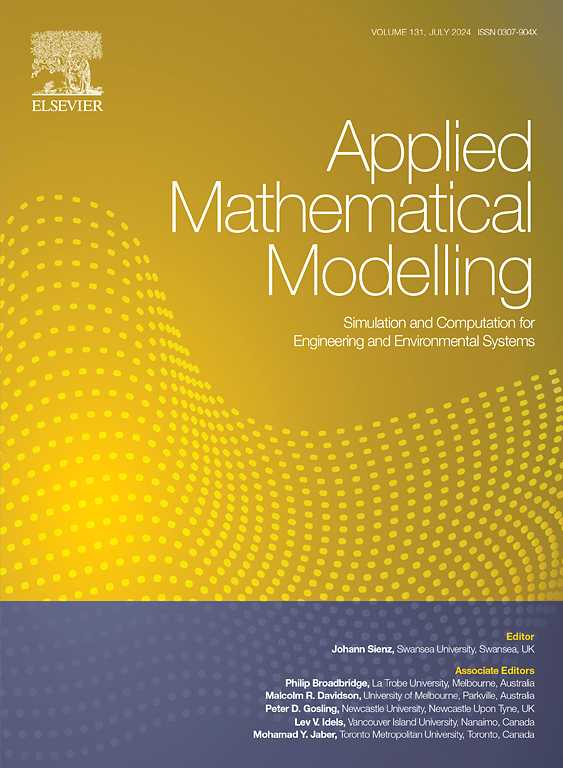Novel two-stage uncertainty optimization design of a compliant finger based on stochastic perturbation approach
IF 4.4
2区 工程技术
Q1 ENGINEERING, MULTIDISCIPLINARY
引用次数: 0
Abstract
This paper presents a novel design procedure of the finger of a compliant gripper, which is used for grasping objects of different shapes under uncertain loads. The compliant finger is divided into two stages for design: finger root and fingertip. The finger root is designed using compliant mechanisms of topology optimization. The stochastic perturbation approach is introduced for the first time into a compliant mechanism topology optimization model under load uncertainty to quantify the uncertainty of load and node displacement of the finger root. The objective function of finger root optimization is maximizing the expectation of the output displacement while minimizing its standard deviation. The fingertip is designed using continuum structure topology optimization based on stiffness optimization. The optimization problems are solved using the method of moving asymptotes. Then, three numerical cases show that, compared with deterministic optimization, the compliant finger designed considering load uncertainty exhibits reduced sensitivity to load direction uncertainty and possesses greater stiffness. The finger prototype is manufactured using 3D printing, and the maximum gripping weight of the compliant gripper is tested. The grasping experiments indicate that the designed gripper can grasp various objects' shapes and avoid damage to fragile and high-precision surface objects.
求助全文
约1分钟内获得全文
求助全文
来源期刊

Applied Mathematical Modelling
数学-工程:综合
CiteScore
9.80
自引率
8.00%
发文量
508
审稿时长
43 days
期刊介绍:
Applied Mathematical Modelling focuses on research related to the mathematical modelling of engineering and environmental processes, manufacturing, and industrial systems. A significant emerging area of research activity involves multiphysics processes, and contributions in this area are particularly encouraged.
This influential publication covers a wide spectrum of subjects including heat transfer, fluid mechanics, CFD, and transport phenomena; solid mechanics and mechanics of metals; electromagnets and MHD; reliability modelling and system optimization; finite volume, finite element, and boundary element procedures; modelling of inventory, industrial, manufacturing and logistics systems for viable decision making; civil engineering systems and structures; mineral and energy resources; relevant software engineering issues associated with CAD and CAE; and materials and metallurgical engineering.
Applied Mathematical Modelling is primarily interested in papers developing increased insights into real-world problems through novel mathematical modelling, novel applications or a combination of these. Papers employing existing numerical techniques must demonstrate sufficient novelty in the solution of practical problems. Papers on fuzzy logic in decision-making or purely financial mathematics are normally not considered. Research on fractional differential equations, bifurcation, and numerical methods needs to include practical examples. Population dynamics must solve realistic scenarios. Papers in the area of logistics and business modelling should demonstrate meaningful managerial insight. Submissions with no real-world application will not be considered.
 求助内容:
求助内容: 应助结果提醒方式:
应助结果提醒方式:


